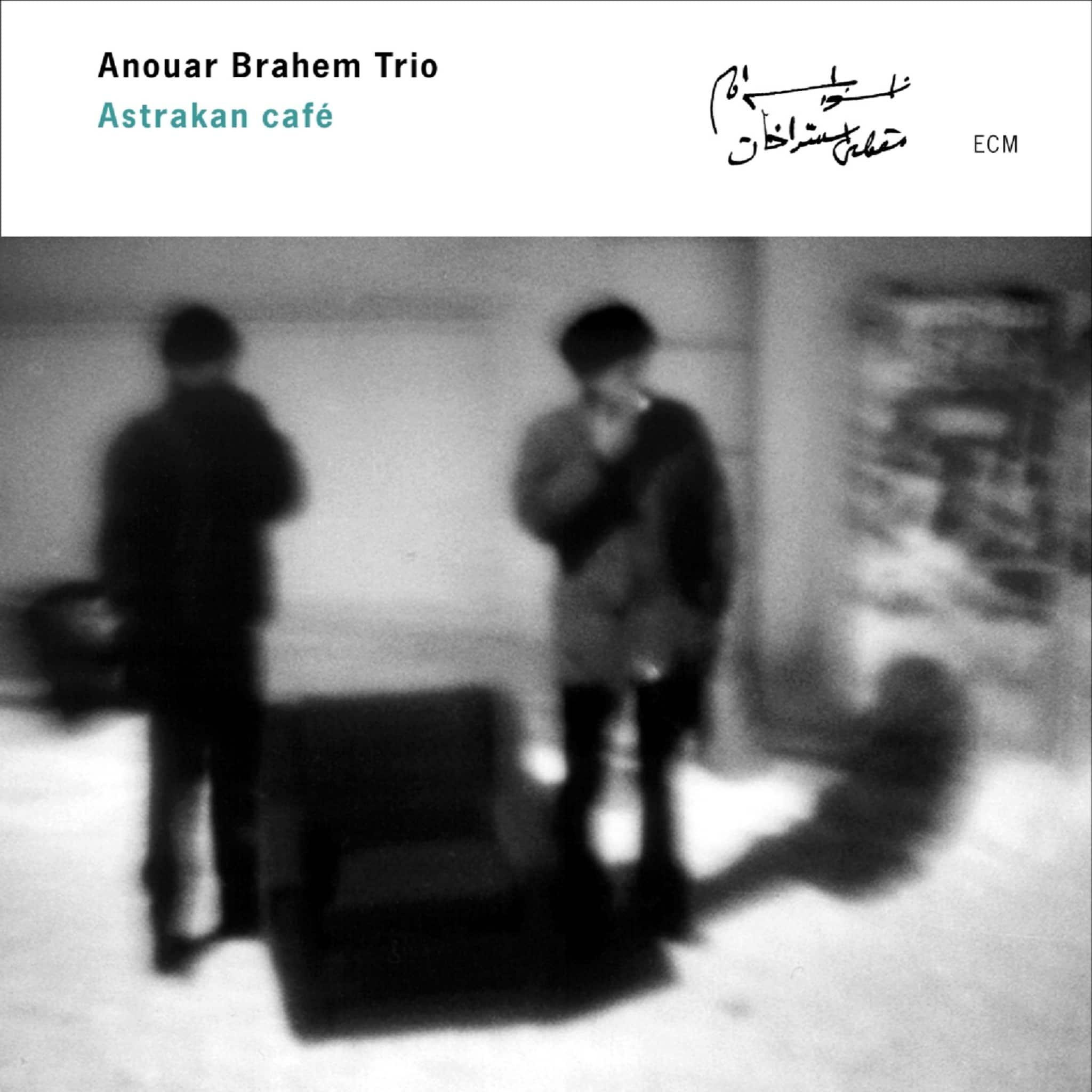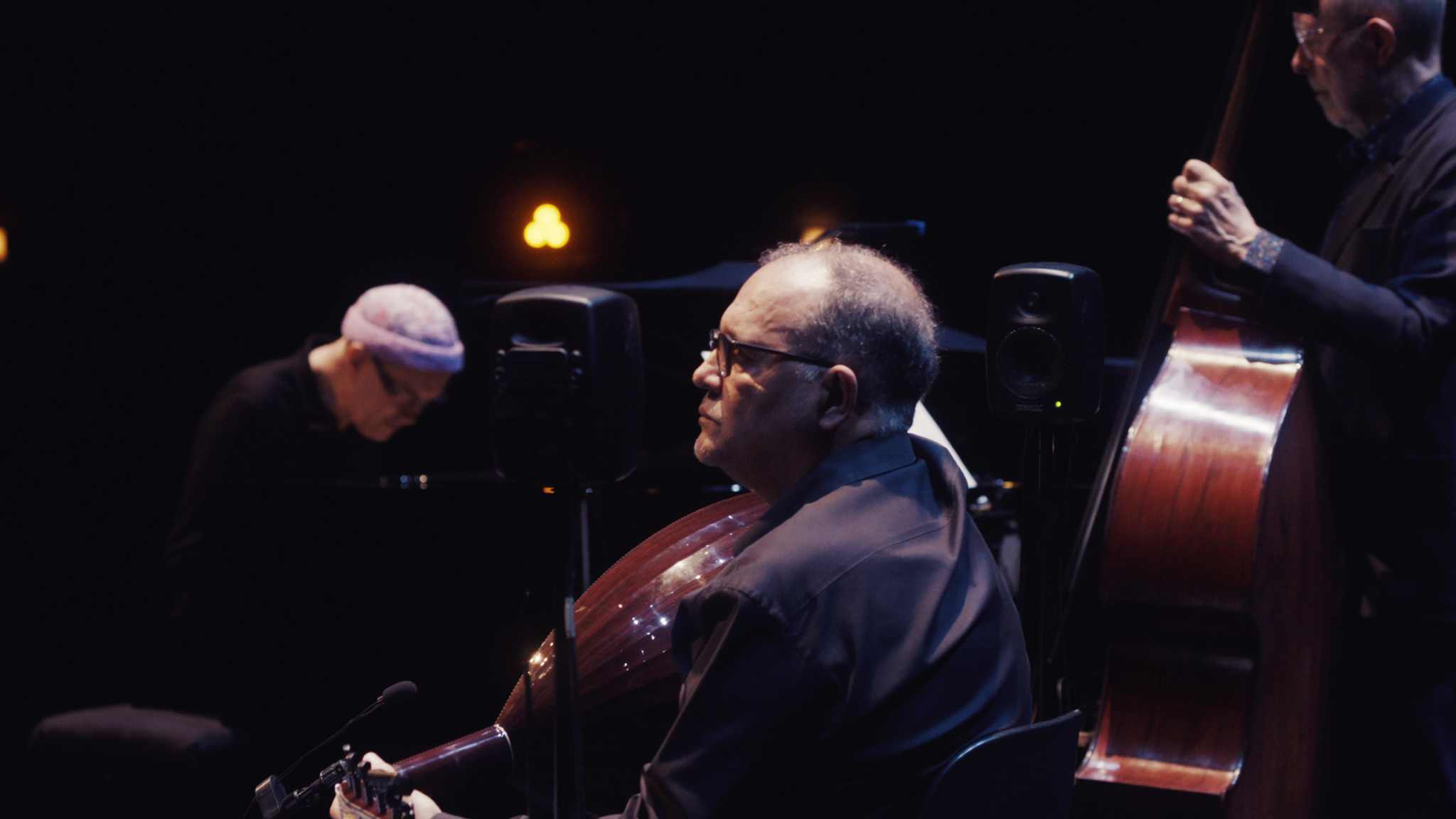Album insights
Vivaldi, known for composing more cello solo concerts in music history than anyone else, with a total of 28 known compositions, surprisingly did not play the cello himself. As an exceptionally skilled violinist and viola d'amore player, he taught the viola inglese, which recent research identifies as the viola da gamba. While little is known of Vivaldi as a cellist, it is assumed he had a profound understanding of the instrument based on his expert compositions that express both joy and sadness through the cello's "soul."
Before Vivaldi's time, solo cello parts in concerts date back to the origins of the genre in Northern Italy in the late 17th century. Although Vivaldi introduced concerts solely for cello with no other soloists around the early 18th century, predecessors like Tomaso Albinoni set the foundation for obligatory cello parts. Vivaldi's cello concertos evolved over time, focusing more on lyrical components while enhancing the virtuosic passages, anticipating the classical period's "singing Allegro."
Vivaldi's initial inspiration to compose cello concerts arose from his position as the director of instrumental music at the Ospedale della Pietà, a renowned Venetian institution. The Pietà nurtured talented female musicians, leading to the fame of its choir and orchestra throughout Europe. The institution's commitment to both the artistic and physical well-being of its wards ensured their lasting musical legacy.
Although Vivaldi's cello concertos were associated with the Pietà, he received commissions from patrons across Europe, including unidentified cellists. His early cello concertos, such as RV416 and RV420, share stylistic features with his well-known works like "L'estro armonico." These pieces, preserved through copies like those by Franz Horneck, exhibit a raw energy and simpler structures compared to his later compositions, showcasing evolving compositional techniques.
RV420 features a rare solo opening, contrasting the norm, and the concerto includes elements typical of Vivaldi, exemplifying his early style. Similarly, RV416, though debated as a transitional work, shares stylistic similarities with RV420. Notably, Vivaldi's preference for homotonal treatment, evident in these works, added thematic unity and emotional depth to his compositions.
During the peak of his career in the 1720s, Vivaldi composed prolifically, delivering works like RV401, 417, and 418, characterized by his mature style. These concertos showcase a streamlined structure and spaciousness typical of his later works. RV401, notable for its continuous use of the soprano clef for the first violin part, displays intense counterpoint and a persistent melancholic tone throughout.
One of Vivaldi's unique compositions, the double cello concerto RV531 in G minor, stands out for its emotional depth and unconventional structure. With a somber, almost autobiographical slow movement, the concerto offers a captivating blend of tension and sorrow. Finally, RV415, while controversial due to its atypical features, remains distinctively Vivaldian in its stylistic nuances, even if its attribution to the composer is uncertain.
These cello concertos, some performed on a five-string "piccolo-cello" for technical ease, showcase Vivaldi's innovative approach to the genre and his enduring influence on classical music.



